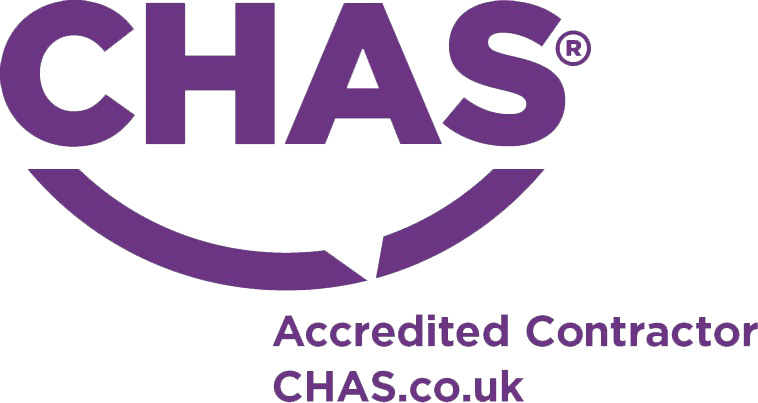HOW LONG WILL IT BE BEFORE I CAN DRIVE ON NEWLY LAID TARMAC?
Once the tarmac has been rolled out, you’ll be able to walk and drive on it almost immediately.
WHY USE TARMAC AS A ROAD SURFACE?
The advantages of tarmac/asphalt paving over concrete or cement paving are plentiful. One of those advantages is that removal and replacement of damaged tarmac/asphalt is a simple and relatively easy process compared to concrete. Tarmac/Asphalt construction projects can be finished and opened for traffic much faster and with a lot less expense than concrete construction projects. Maintenance and repair of tarmac/asphalt pavement is faster and less costly than that of cement pavement, as well.
WHY USE TARMAC/ASPHALT INSTEAD OF CONCRETE?
Though concrete once was used for paving roads, car parks and other projects, tarmac/asphalt paving is the preferred choice today. To begin to understand why tarmac paving is superior to concrete paving (also called cement paving), one should know how tarmac/asphalt and concrete are made.
Concrete is made using aggregate (like crushed rock and sand), along with cement and water. The cement acts as the binder in concrete, holding the aggregate together. As the mixture dries, it forms a stiff, unforgiving solid surface that is prone to cracking and breaking, especially if the surface beneath it is not perfectly smooth.
When roads, car parks or driveways are built using tarmac/asphalt construction, hot tarmac/asphalt is poured onto a bed of heavier aggregate and then pressed into it with a steamroller. Once the tarmac/asphalt cools to the surrounding air temperature, it is strong enough to withstand automobile traffic. While tarmac/asphalt is extremely hard and durable, it offers enough flexibility to accommodate imperfections in underlying surfaces, a feature that concrete sorely lacks.



